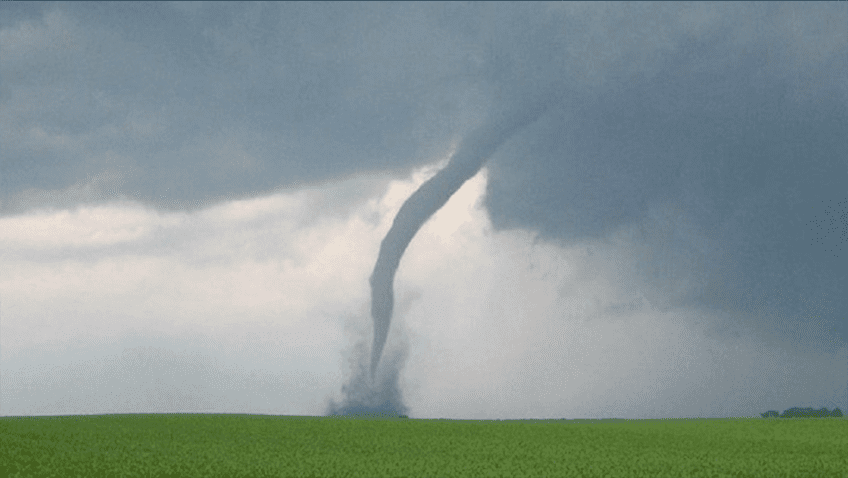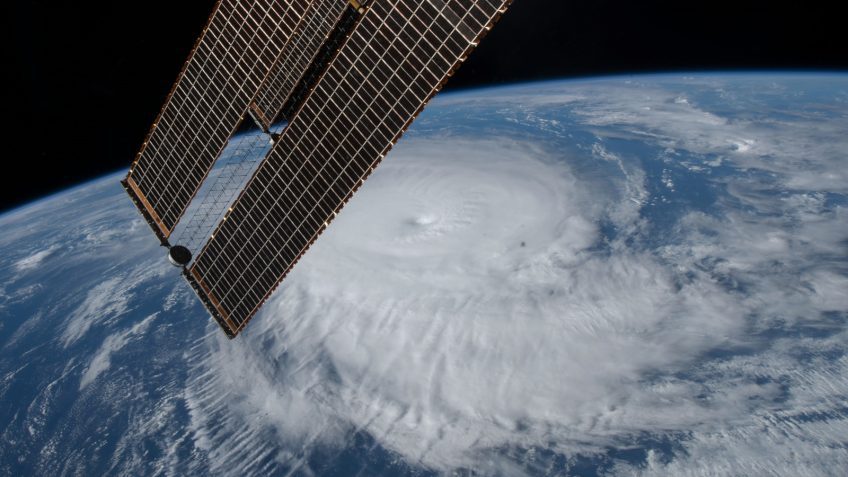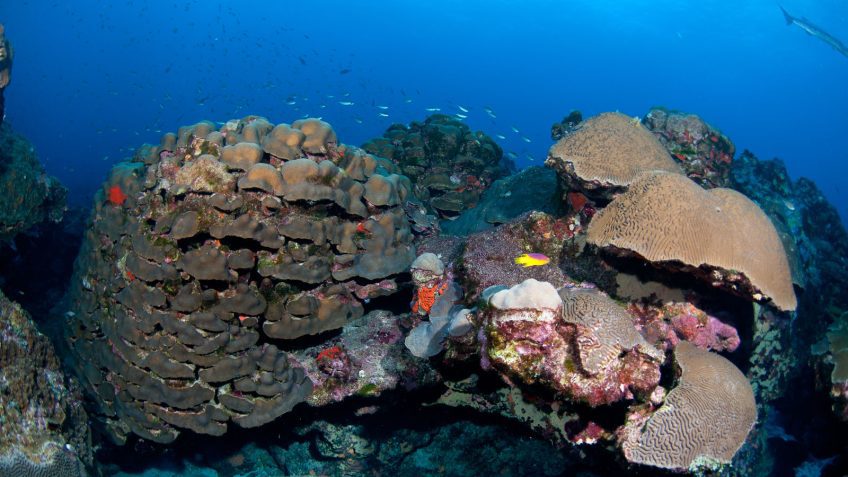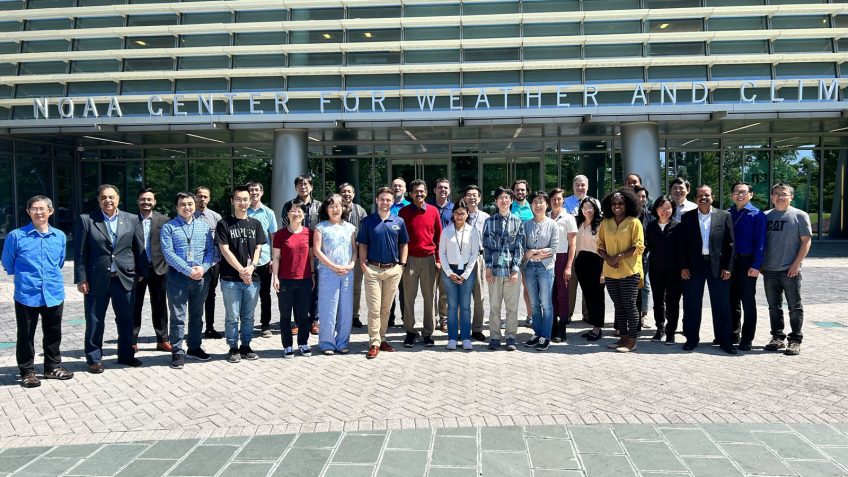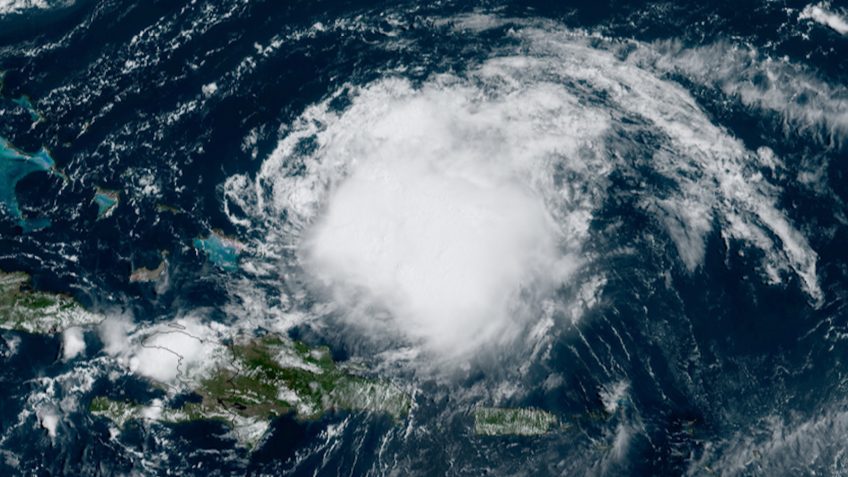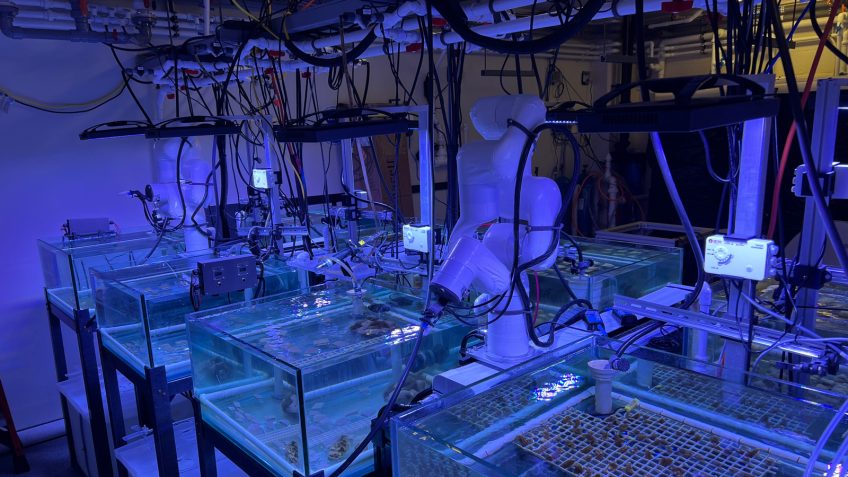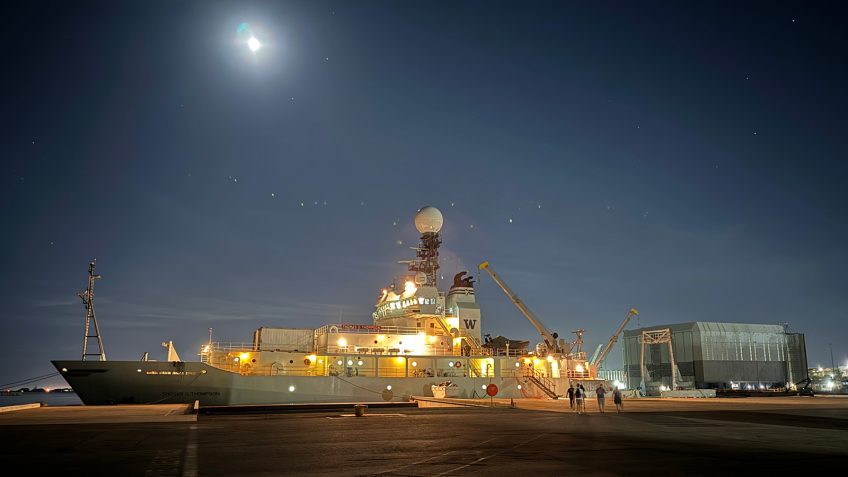AOML celebrates National Intern Day
On National Intern Day, NOAA’s Atlantic Oceanographic & Meteorological Laboratory (AOML) is celebrating our 2024 summer internship class! From high school students to post doctoral fellows, these exceptional individuals are joining us from schools across the country, from Hawaii to Florida. They are researching corals, microbes, hurricanes, air-sea interaction, ocean acidification, communications strategies, and much […]



